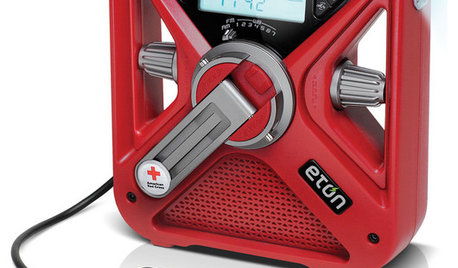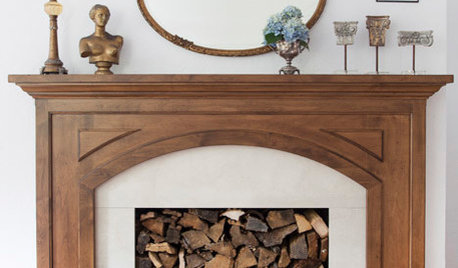Reasons for failure of cast iron rad to heat up after re-piping?
la_koala
12 years ago
Related Stories

BATHROOM DESIGNWarm Up Your Bathroom With Heated Floors
If your bathroom floor is leaving you cold, try warming up to an electric heating system
Full Story
FALL GARDENING7 Reasons Not to Clean Up Your Fall Garden
Before you pluck and rake, consider wildlife, the health of your plants and your own right to relax
Full Story
WINTER GARDENING6 Reasons I’m Not Looking Forward to Spring
Not kicking up your heels anticipating rushes of spring color and garden catalogs? You’re not alone
Full Story
FLOORSFloors Warm Up to Radiant Heat
Toasty toes and money saved are just two benefits of radiant heat under your concrete, wood or tile floors
Full Story
HOME TECH7 Ways to Charge Up and Connect After Disaster
Products and tips for communicating and keeping essential items running till the power's back on
Full Story
FLOORSIs Radiant Heating or Cooling Right for You?
Questions to ask before you go for one of these temperature systems in your floors or walls (yes, walls)
Full Story
REMODELING GUIDESOriginal Home Details: What to Keep, What to Cast Off
Renovate an older home without regrets with this insight on the details worth preserving
Full Story
LIVING ROOMS8 Reasons to Nix Your Fireplace (Yes, for Real)
Dare you consider trading that 'coveted' design feature for something you'll actually use? This logic can help
Full Story
DECORATING GUIDES8 Reasons to Jump Off the DIY Bandwagon
You heard right. Stop beating yourself up for not making stuff yourself, and start seeing the bright side of buying from others
Full Story
BATHROOM DESIGN7 Reasons Why Your Shower Floor Squeaks
No one wants to deal with a squeaky fiberglass shower floor. Here's what might be happening and how to fix it
Full Story






peteinsonj
mike_home
Related Professionals
Bell Gardens Solar Energy Systems · Carson Solar Energy Systems · Cerritos Solar Energy Systems · Coachella Solar Energy Systems · East Brunswick Solar Energy Systems · Fontana Solar Energy Systems · Lomita Solar Energy Systems · Maplewood Solar Energy Systems · Riverside Solar Energy Systems · Richfield Solar Energy Systems · Fort Lauderdale Home Automation & Home Media · Hacienda Heights Home Automation & Home Media · Highland Park Home Automation & Home Media · Wheaton Home Automation & Home Media · Palos Hills Fireplacesla_koalaOriginal Author
Threecats407
brickeyee
kframe19
badgerboilermn
Ian Vest